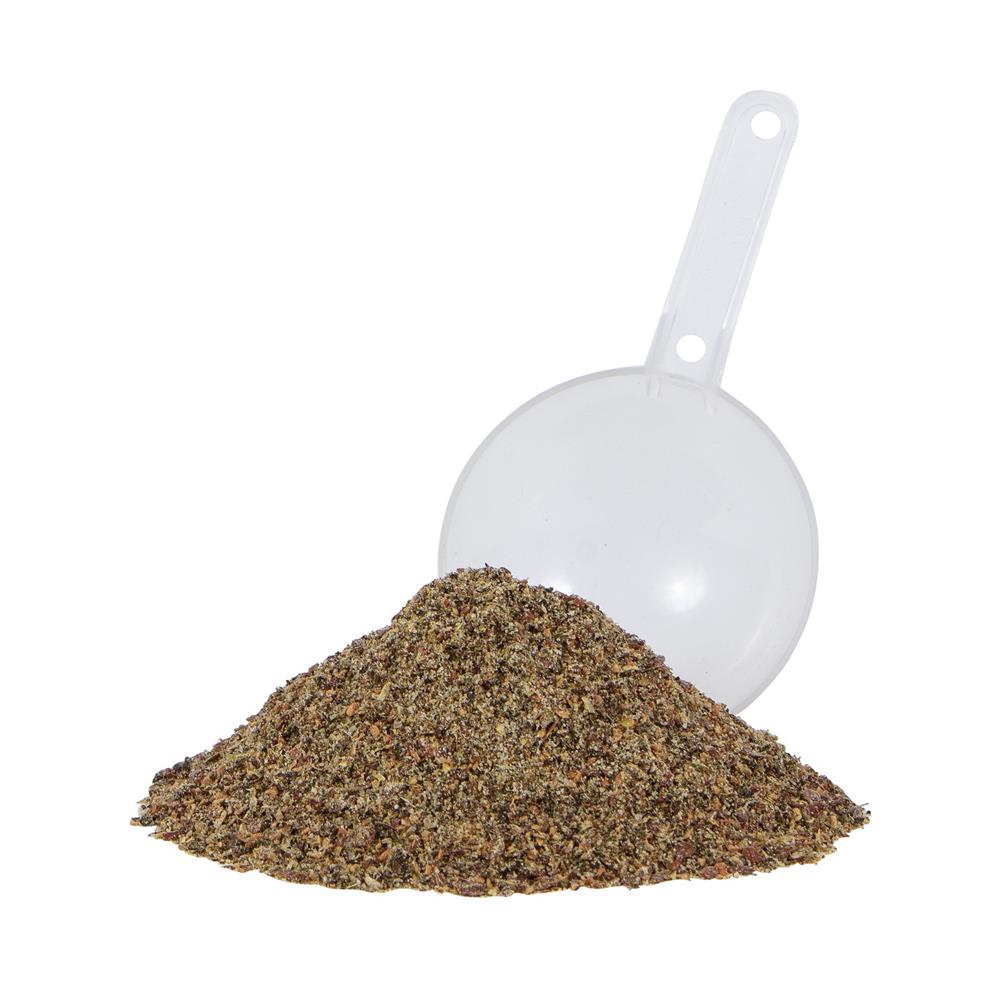Why Feeding Rates Are Essential for Your Horse's Health
We all know that keeping horses is certainly not cheap, especially when it comes to their diet and nutrition. I imagine a lot of us feed our horses better than ourselves! Whilst it might save a few pounds here and there, being stingy with feed and supplements might mean that you don’t get the results you wanted when you bought the product! Now I’m sure we’ve all done it, and some are more guilty than others, but why is it important to follow the recommended daily intakes?

Why You Should Follow Supplement Feeding Guides
When it comes to supplements take note of what the label says! Don’t willy-nilly throw a scoop in here and there. Feeding guides are there for a reason, many will take into account your horse’s weight and some will incorporate other factors such as age of your horse, condition and its workload.
First of all, make sure that you have chosen the most appropriate feed/ supplements for your horse. Feeding the recommended rate of some feeds will not be suitable for all horses, for example, feeding a large quantity of a product with a high oil content will not be suitable for an overweight horse! If you’re not sure about the best choice for your horse, then speak to a Nutritionist who will be happy to help you. Read your labels, recommended feeding amounts are there for a reason. Feeds and supplements are carefully formulated to provide the correct amounts of each ingredient for your horse, whether it be for digestible energy, fibre, oil, vitamins and minerals or other nutritional factors. Many labels will also advise about splitting between feeds where possible.
Bear in mind that not only do scoops come in all sorts of shapes and sizes, but a scoop of one feed might not weigh the same as a scoop of another. To make sure you are feeding the correct amounts, the simplest solution is to weigh it. Most supplements contain their own scoop in which case… no scales needed!

Honesty is Key: Assessing Your Horse's Workload
Be honest with yourself about your horse’s workload. Owners often overestimate how much work their horse is doing so here’s a quick guide:
Not in work or maintenace – Just as it says, horses that are not taking part in ridden exercise such as youngstock or those that are retired.
Light work – exercised about three or four times a week for up to an hour a day. This includes walk, trot, canter and some light jumping. This is often low intensity hacking, schooling and low level competitions.
Medium work – excercised almost every day for about an hour often with a structured programme of regular schooling, jumping, fitness work and competing at a higher level, usually at affiliated level such as dressage, showjumping and eventing. Some horses being backed would also fit into this category.
Hard work – high intensity exercise, training and competing at a top level. Racehorses, 3-day eventers and polo ponies are good examples that would fit into this category due to the faster pace of work.

Achieving a Balanced Diet for Your Horse
So… make sure you have the most appropriate feed and supplements for your horse, be honest about their workload, read the labels to find out the feeding rates for your horse, if necessary weigh your scoops and you’re on your way to achieveing a great allround balanced diet for your horse.
If you’re still not sure about the best choice for your horse, then call us on 0800 585525 or email [email protected] to speak with a Nutritionist who will be happy to help you.

